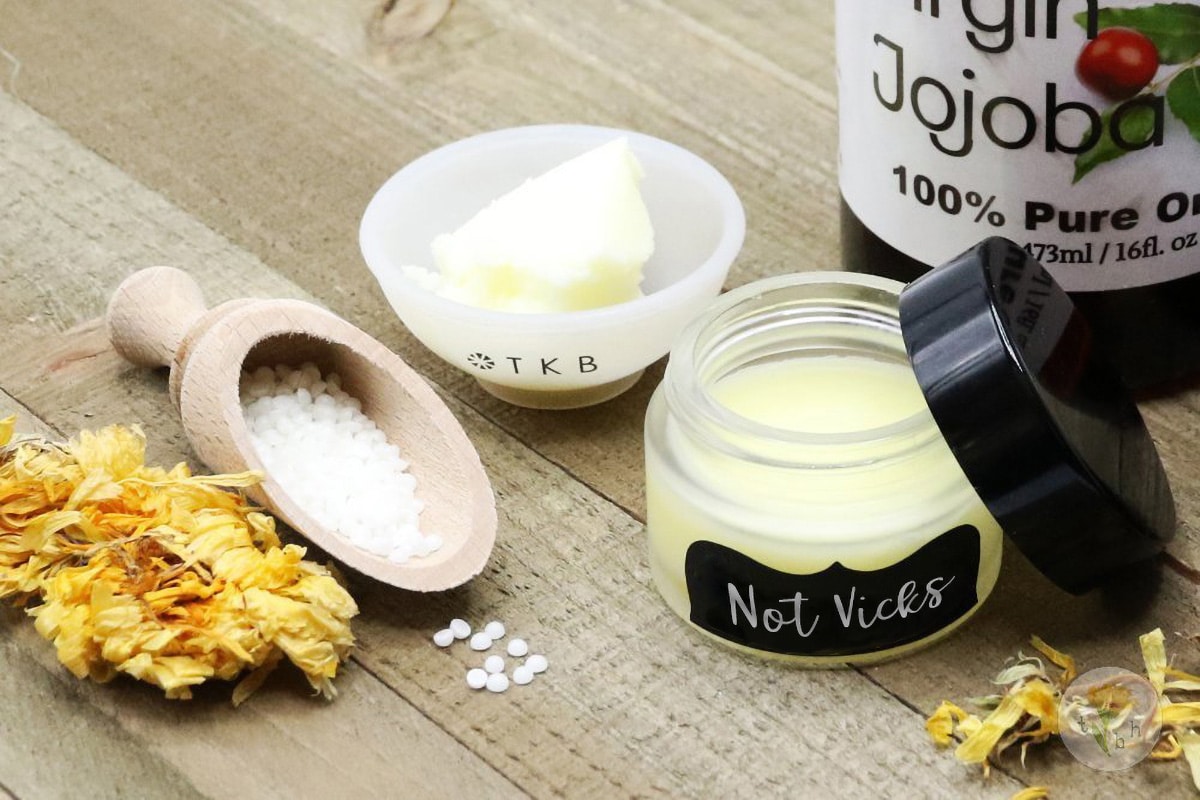I just love our picturesque winters here in the Inland Northwest. Jack Frost turns everything into a scene out of a postcard, and there’s never a shortage of winter activities in our neck of the woods — from neighborhood bonfires to snow sports to cozying up with your sweetie and a four-legged friend in front of the fireplace.
What I’m NOT such a big fan of is the dry, flaky winter skin that accompanies the seasonal drops in humidity and temperature.
Our best defense against environmental stress is our skin’s outermost layer, the stratum corneum and its protective lipid matrix, also known as sebum. The strength and integrity of this essential barrier is dependent on these waterproofing oils to keep skin hydrated, soft and smooth as it works to prevent excessive water loss. A healthy barrier is also vital to preventing unwanted invaders — harmful bacteria, pollution and other toxins — from getting in.

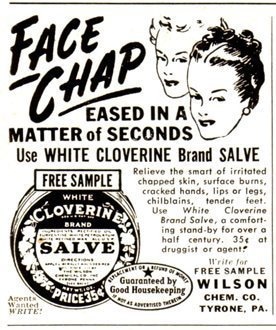
When temperatures drop, our barrier can become compromised, causing our skin to spend much of the winter months exposed and struggling to retain its moisture against the dry, cold air.
We typically turn to lotions and creams to supplement our skin’s lost oil barrier and “lock in” the moisture. But before you reach for that trusty tub of Vaseline or Aquaphor, there are better, more nourishing options out there that are not made from petroleum byproducts and actually contribute something to your skin, instead of simply acting as a crude occlusive moisture barrier. (Petroleum based oils may actually be occlusive to the point of hindering skin barrier recovery, so that’s also something to consider when choosing what you put on your skin!)
Skin twin
With that in mind, I was interested in finding a natural oil — or blend of oils — as similar as possible to our skin’s natural sebum, also known as the acid mantle. Our acid mantle is more than just a protective layer. It also plays a role in our immune system, producing antimicrobial compounds, aiding wound healing and transporting antioxidants and vitamins.
Doesn’t it make sense that the ideal moisturizer should strive to mimic what is naturally produced by the body? Using our skin as a model, the similarities in structure should help to repair and regulate your skin’s native moisture barrier.
A quick Google search will reveal that virtually everyone on the Internet thinks that jojoba is *the* botanical oil most similar to skin sebum. This is likely because it’s structurally similar to the wax monoesters that make up about a quarter of human sebum. That’s great, and I love me some jojoba oil, but that’s only a quarter of the story!
Unsurprisingly, it turns out that no one botanical oil perfectly simulates human sebum. Epidermal surface lipids are a mixture of triglycerides, ester waxes, squalene, cholesterol and cholesterol esters. Varying slightly by source, triglycerides and fatty acids account for about 50-60% of healthy sebum, followed by wax esters (20-30%), squalene (10-16%), cholesterol and sterol esters (2-4%).
As luck would have it, there is literature available detailing recipes for synthetic formulations. One such article from the University of Iowa, proposes a simplified synthetic sebum blend consisting of approximately:
- 45% triglyceride
- 25% wax monoester
- 17% fatty acid
- 13% squalene
My version of this recipe attempts to approximate the synthetic U of I formula using relatively accessible and non- or low-comedogenic ingredients.
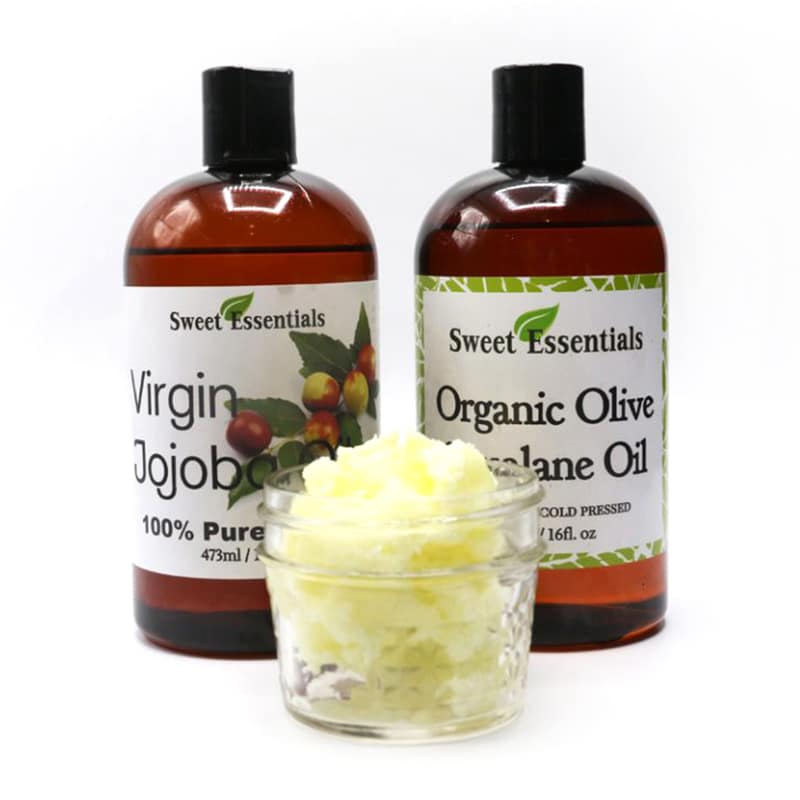
Tallow
For the fatty acids and trigs portion of the recipe, I settled on good, old fashioned tallow, which has a remarkably similar fatty acid profile to human sebum. (Fun factoid: the word sebum actually means “tallow” in Latin… who knew??) Like our skin lipids, tallow is composed chiefly of triglycerides, since this is how fatty acids are normally found in nature. Generally, sebum is about 50% monounsaturated, 40% saturated, 10% unsaturated, while tallow is approximately 50% monounsaturated, 43% saturated, 4% unsaturated (3% “others”). Not too shabby!
Quick detour (*squirrel!*): If you enjoy geeking out on this stuff as much as I do, you’ll appreciate this chart breaking down the fatty acid profiles of a bunch of common and not-so-common botanical oils.
So I’ll be honest. The first time I was exposed to the idea of smearing beef fat on my face, I was not instantly intrigued. It sounded like a recipe for clogged pores, greasy skin and ugly breakouts. But since I already had a ginormous 5-gallon vat of U.S. Wellness pastured tallow taunting me from the pantry, curiosity eventually got the better of me.
In recent years, tallow and lard-based skincare products are enjoying a resurgence in popularity. I recently stumbled across an old 2013 issue of my Weston A. Price Foundation Nourishing Traditions journal, containing an enlightening article by Andrew J. Gardner entitled “Traditional Nourishing and Healing Skin Care,” describing how, once upon a time, tallow was a common, if not standard, skin care ingredient.

Gardner points out that in modern skin care, there’s typically a separate product marketed for the face and one for the body, begging the question: why? Are the ingredients in non-face products too harsh for the face? If so, then why are we comfortable using them on our body?
“Tallow balm can be used for all manner of skin conditions, including dry, chapped, calloused, cracked and sun-damaged skin, rashes, burning, itching, wrinkles, and so on, because it gives the skin the nutrients it needs to heal itself.” [emphasis mine]
According to Gardner, “Tallow contains the abundant natural fat-soluble activators, vitamins A, D, and K, as well as vitamin E, which are found only in animal fats and which are all necessary for general health and for skin health.” Additionally, pastured tallow “also contains fats like conjugated linoleic acid (CLA), which has anti-cancer and anti-inflammatory properties, as well as palmitoleic acid, which has natural antimicrobial properties.” And because the makeup of tallow is so similar to our own sebum, it’s easily absorbed into the skin.
Y’all. Doesn’t that sound like the perfect base for what we’re doing here? Incidentally, Gardener’s excellent Vintage Tradition line of tallow-based balms was my first tiptoe into tallow-based skincare. If you haven’t tried tallow in skincare you’re missing out! It works! Better than any other skincare ingredient I’ve tried.
Jojoba
Jojoba oil is actually not an oil at all — it’s a liquid wax ester. Composed almost entirely (~97%) of monounsaturated esters of long-chain fatty acids and alcohols, jojoba is a great candidate for the wax mono-ester portion of the recipe. Actually, jojoba is the ONLY plant known to produce wax esters, making it remarkably similar to the wax esters that make up ~25% of healthy human sebum. Better yet, thanks to its unique composition, jojoba is extremely shelf-stable and resistant to high temperatures, compared with other botanical oils.
Jojoba is particularly helpful oil to use on the scalp and skin. Our own sebum’s wax ester content begins steadily decreasing after our 20s, which increases the likelihood of developing problems like dandruff and psoriasis.
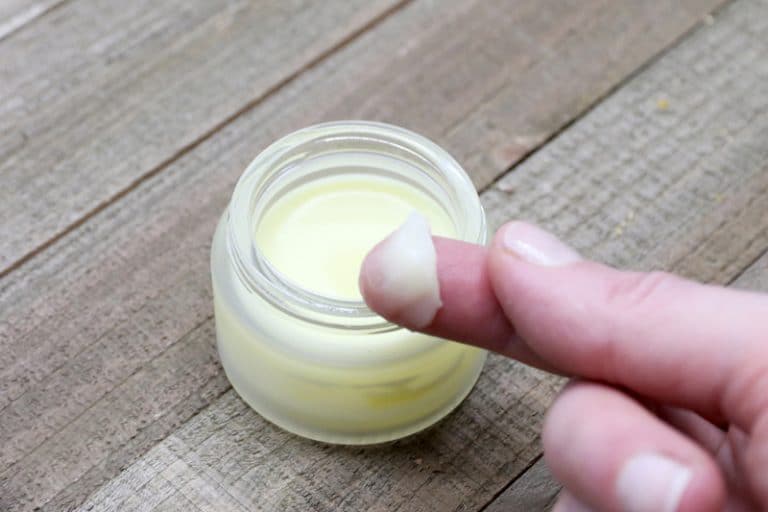
Squalane
Finally, we have squalene, an oil-like molecule (technically a liquid hydrocarbon) that’s found in our skin’s natural lipid layer. It’s a precursor for plant and animal sterols (including cholesterol, steroid hormones and vitamin D production) that’s produced by all plants and animals — including humans.
In the cosmetic industry, it was traditionally sourced from the livers of certain deep-sea sharks (hence its name, derived from Squalus spp.) Shark liver squalene has fallen out of favor as an unethical and unsustainable source of the oil, so nowadays, phytosqualane is usually derived from botanical sources.
Pay attention to the way the word is spelled. SqualEne oil (with an e) is an unsaturated oil produced by shark livers as well as our own skin cells, but it’s highly unstable as a cosmetic ingredient and quick to oxidize. SqualAne oil (with an a) is a bio-identical cosmetic oil, usually derived from olives, wheat germ or rice bran that has undergone hydrogenation processing to turn it into a thermally stable, oxidation resistant, 100% saturated oil.
I know. Like you, I’m conditioned to have a visceral reaction to anything hydrogenated. I don’t cook with trans fats; I never eat them; they’re not allowed near me; I have a restraining order. BUT in topical applications, hydrogenation may be necessary here to create a product that’s stable outside the body. There’s not a heckuva lot of info out there about how hydrogenated oils affect the body transdermally, but there is no research I’m aware of that shows topical use to be problematic. In vivo and in vitro studies concluded that “there is no evidence … that mineral oils and waxes are percutaneously absorbed and become systemically available.” I presume that the same would hold true for hydrogenated botanical oils.
Update: For a deeper dive into whether or not your should be concerned about hydrogenated oils penetrating the skin, Susan over at Swift Crafty Monkey has done a wonderful 3-part piece teasing out the science behind the subject.
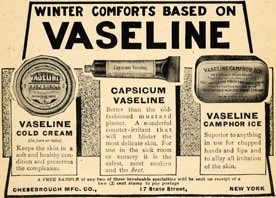
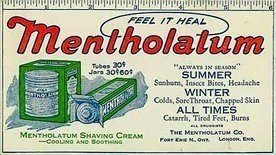
I’ve also noticed that there seems to be a lot of confusion about whether or not cosmetic squalane has sun protective properties.
Sadly, it does not, and a lot of beauty editors around the internet get this wrong. SqualEne in its native, non-hydrogenated form does indeed possess oxygen scavenging capabilities that can combat UV damage in real time. It essentially “sacrifices” itself in place of other skin components, preventing oxidative damage to the skin. However, the hydrogenation process that removes squalEne’s double bond to create the more stable squalAne, also causes it to lose its antioxidant activity.
Bummer! So while cosmetic squalAne is a fabulous moisturizer, please do not rely on it as a sunscreen.
Ceramides
Another major component of our skin’s natural barrier function are waxy lipid molecules called ceramides which, along with our sebum, make up 40%-50% of the lipid “mortar” that supports our skin’s stratum corneum layer.
Our skin’s ceramide levels are reduced in the winter. We also lose ceramides as we age, reducing our skin’s ability to retain moisture.
Unfortunately, despite the hype in anti-aging circles, my read of the literature suggests that topical ceramides are mostly ineffective as antioxidants and collagen boosters, and function mainly as a moisturizer and protective barrier. However, a couple of studies have demonstrated that eucalyptus may be able to increase the level of ceramide in human stratum corneum, improving the skin’s moisture retaining and barrier functions.
For these reasons, I’ve chosen eucalyptus as the essential oil in this recipe. In addition to its unique ability to potentially improve ceramide status, eucalyptus essential oil contains a terpene called eucalyptol, which is helpful in wound healing applications as a natural antiseptic with anti-fungal, antiviral, anti-inflammatory and antibacterial properties. Eucalyptol also acts as an effective skin penetration enhancer, helping the other ingredients in this formula to do their thing. All incredibly beneficial to vulnerable winter skin!
A eucalyptus salve also makes a great alternative to Vicks vapor rub. The eucalyptus acts as a natural expectorant, relieving congestion and opening up the sinuses.
A word (or three) about oil stability and oxidation
Due to their chemically unstable structure, polyunsaturated fatty acids are rapidly oxidized when exposed to oxygen, light and heat. Rancid oils are linked to inflammation and increased free radical activity in the body, which can lead to cellular damage and disease. Because of these issues, it’s probably wise to minimize polyunsaturated oils internally. I’m less clear on how oxidized oil affects the skin externally, but honestly, who want to smear rancid oils on their skin? This salve is made almost entirely (95%+) of saturated and monounsaturated fatty acids, making it incredibly shelf stable and resistant to rancidity.
One more thing…
I highly recommend trying the recipe as it’s written. Tallow is so uniquely compatible with our cellular biology, and I’m not convinced a botanical oil can top that. After all, we humans are animals, not plants! That said, if you need a plant-based alternative to tallow, I found another artificial sebum recipe that uses a combination of olive oil, cottonseed oil and coconut oil for the triglyceride portion of their recipe. I have not tested this variation, but I would try substituting 13.3 grams EACH of the olive, cottonseed and coconut oils for the 40 grams of tallow called for in my recipe. Since the liquid oils will change the consistency of the final product, you might try upping the cera bellina wax slightly to compensate for the structure lost by omitting the tallow.
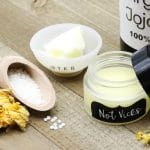
Nourishing Winter Barrier No-Petroleum Jelly
5 Stars 4 Stars 3 Stars 2 Stars 1 Star
No reviews
Ingredients
40 g tallow
6 g cera bellina wax pastilles
29.5 g jojoba oil
13.5 g squalane
30 drops eucalyptus essential oil (optional)
Instructions
- Using double boiler (or other gentle heat source), heat tallow and cera bellina wax until liquified. You should not see any traces of wax pastilles in the oil.
- Remove double boiler from heat and add jojoba, squalane and essential oil (if using), and stir to combine.
- Pour the mixture into small tubs or a 4-oz mason jar.
- Allow to cool completely and set before capping to prevent condensation on the surface of the balm. If the room is warm, cool in the refrigerator to prevent crystallization.
- You’re done! Use liberally on dry, rough skin. Even better, try using some of our marshmallow root soothing repair gel first, then seal in the moisture with this barrier balm! ♥
Notes
If you live in a very warm climate, you may wish to increase the wax slightly to create a firmer balm.
If you’d rather make a solid ointment STICK, you can easily adapt this recipe using old deodorant or chapstick tubes! Follow the recipe above, but increase the cera bellina wax to 2 tablespoons. Pour into two empty and sanitized 2-oz deodorant tubes (or halve the recipe to make four 15 mL chapstick tubes).
If you do not have cera bellina wax, you can substitute beeswax, but the final texture of the product will be different — less ointment-y and gel-like.
I recommend glass containers for storing homemade lotions and potions. Glass doesn’t leach chemicals and it’s easier to clean/sterilize after the product is used up and you’re ready to refill.
If you do choose to use a plastic container, be aware that essential oils tend to react with plastic, so even if you can get it “clean,” your container will likely not be reusable.

